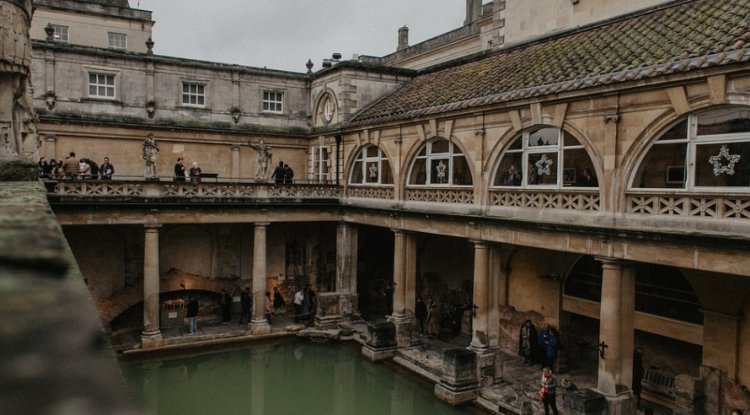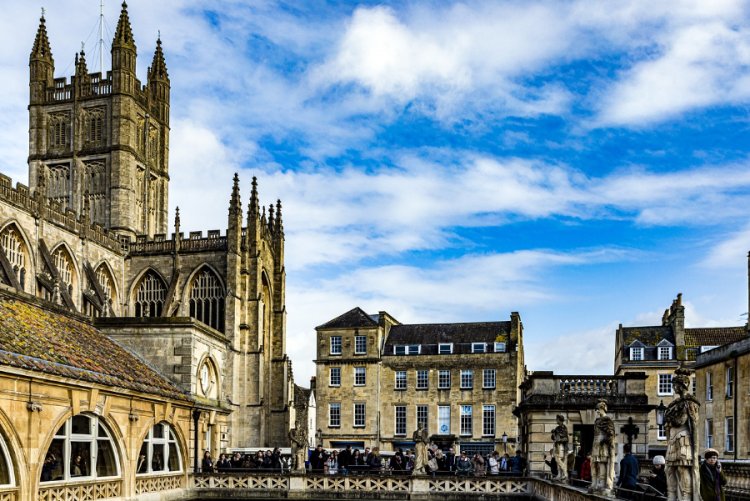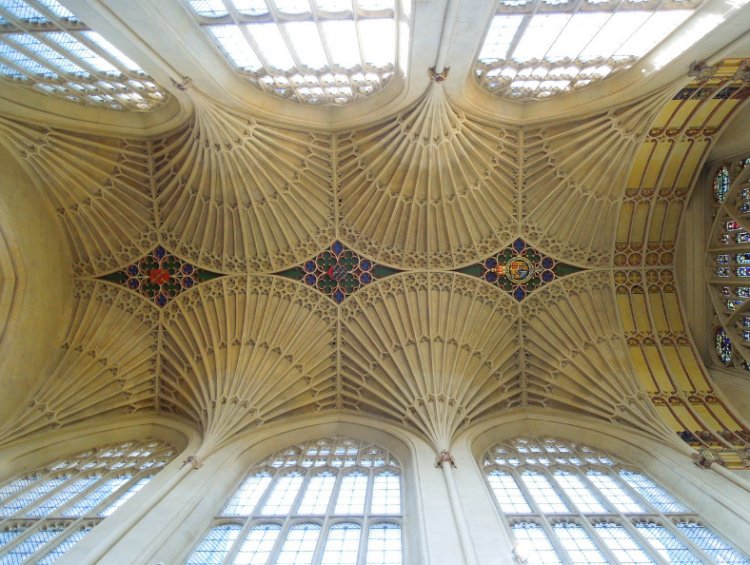Discovering the Roman Legacy: A Journey through Bath, Somerset
Bath's Roman Legacy Bath, Somerset, known for its stunning Georgian architecture and natural hot springs, holds a captivating secret beneath its surface—a rich Roman history that dates back nearly two millennia. Steeped in legend and historical significance, Bath offers visitors a unique glimpse into the ancient world of Roman Britain.
The Beginnings of Bath
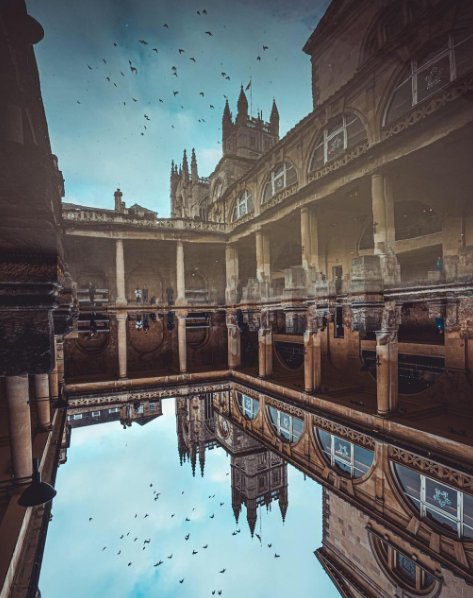
The story of Bath's Roman past begins with the discovery of its thermal springs, which were revered for their healing properties by the Celts. The Romans, upon their arrival in AD 43, quickly recognized the value of these natural springs and dedicated them to Sulis, a Celtic goddess associated with healing waters. Thus, the Roman Baths were born, becoming a focal point of Roman life in Britain.
The Roman Baths Complex
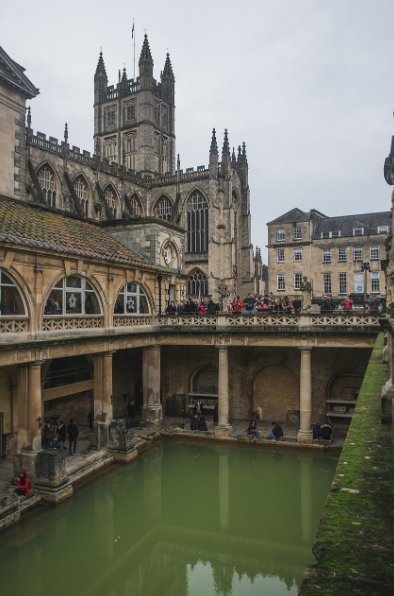
One of the most fascinating aspects of Bath's Roman history is its well-preserved Roman Baths complex. Built around the natural hot spring, the complex includes a temple dedicated to Sulis Minerva, a bathing complex with hot and cold rooms, and an impressive Great Bath. Walking through these ancient ruins, visitors can almost hear the echoes of Roman voices and envision the bustling activity that once filled these halls.
Bathing Culture and Social Life
The Roman Baths not only served as a place for bathing and socializing but also as a center for religious worship and healing. Pilgrims would travel from far and wide to seek the blessings of Sulis Minerva, leaving behind offerings and prayers for good health and fortune.
The Roman Temple of Sulis Minerva
Another intriguing aspect of Bath's Roman history is the presence of the Roman Temple of Sulis Minerva, located adjacent to the baths. This temple, adorned with intricate carvings and statues, stood as a testament to the Roman's devotion to their goddess and their skill in architectural design.
Legacy and Exploration
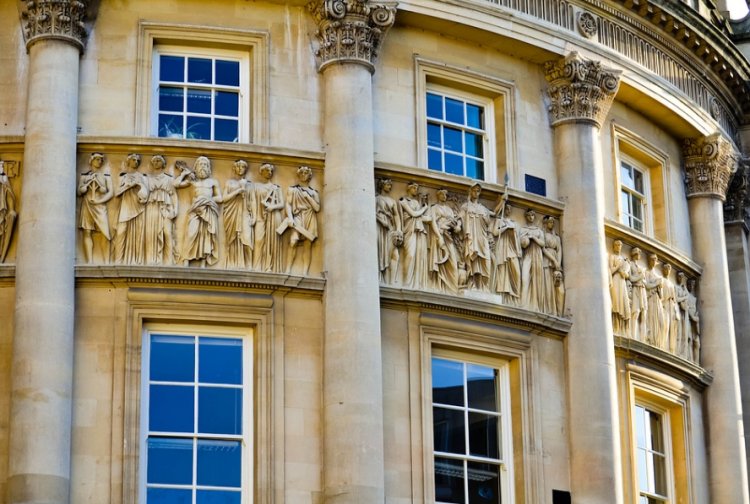
The legacy of Roman Bath extends beyond its architectural marvels. The city's streets, laid out in a grid pattern typical of Roman towns, offer a glimpse into Roman urban planning. The excavations of Roman villas and artifacts found throughout the city further attest to Bath's Roman heritage.
Today, visitors to Bath can immerse themselves in its Roman history through guided tours of the Roman Baths, where they can learn about the rituals and practices of ancient Roman bathing. The Museum of Bath Architecture also offers insights into the city's Roman past, showcasing artifacts and exhibits that tell the story of Bath's evolution from a Roman settlement to a thriving Georgian city.
Where to Stay
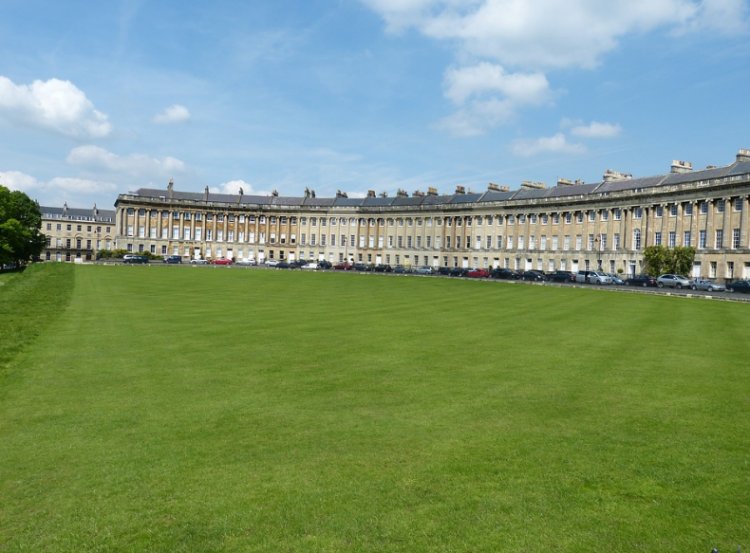
The Gainsborough Bath Spa
- Experience luxury at this 5-star hotel with a thermal spa, located near the Roman Baths.
The Royal Crescent Hotel & Spa
- Stay in a historic Georgian building with elegant rooms and a spa, offering a luxurious experience.
The Abbey Hotel
- Enjoy a stylish stay in the heart of Bath, close to attractions like the Roman Baths and Bath Abbey.
Francis Hotel Bath - MGallery
- Stay in a beautifully restored Georgian townhouse, offering a blend of modern comfort and historic charm.
The Queensberry Hotel
- Experience boutique luxury at this hotel, known for its award-winning restaurant and stylish rooms.
Where to Eat

The Pump Room Restaurant
- Dine in elegance at this historic restaurant, offering traditional British cuisine and stunning views of the Roman Baths.
Sotto Sotto
- Enjoy authentic Italian cuisine in a cozy cellar setting, known for its delicious pasta and friendly atmosphere.
The Scallop Shell
- Indulge in fresh seafood at this popular restaurant, known for its fish and chips and seafood platters.
The Chequers
- Experience modern British cuisine with a focus on seasonal ingredients at this charming gastropub.
Same Same But Different
- Discover unique dishes inspired by global flavors at this quirky restaurant, known for its creative menu and relaxed vibe.
What to Eat
Bath Bun
- Try this local specialty, a sweet bun topped with sugar nibs, often enjoyed with clotted cream and jam.
Sally Lunn Bun
- Sample this historic bun, a light and airy bread roll that can be enjoyed sweet or savory.
Cornish Pasty
- Enjoy this classic pastry filled with meat and vegetables, perfect for a hearty meal on the go.
Bath Chaps
- Try this traditional dish made from the cheek and jaw of a pig, typically served boiled or fried.
Bath Soft Cheese
- Taste this local cheese, known for its creamy texture and delicate flavor, often enjoyed with bread or crackers.
In conclusion, Bath's Roman history is a captivating tale of ancient life and culture, preserved through its archaeological sites and historical landmarks. As you explore the streets of Bath, take a moment to envision the Roman soldiers, merchants, and citizens who once walked these same paths, and marvel at the enduring legacy they left behind. And next time you take a relaxing soak in your tub, remember that you're following in the footsteps of the ancient Romans, who turned bathing into a social and cultural phenomenon!
What's Your Reaction?







